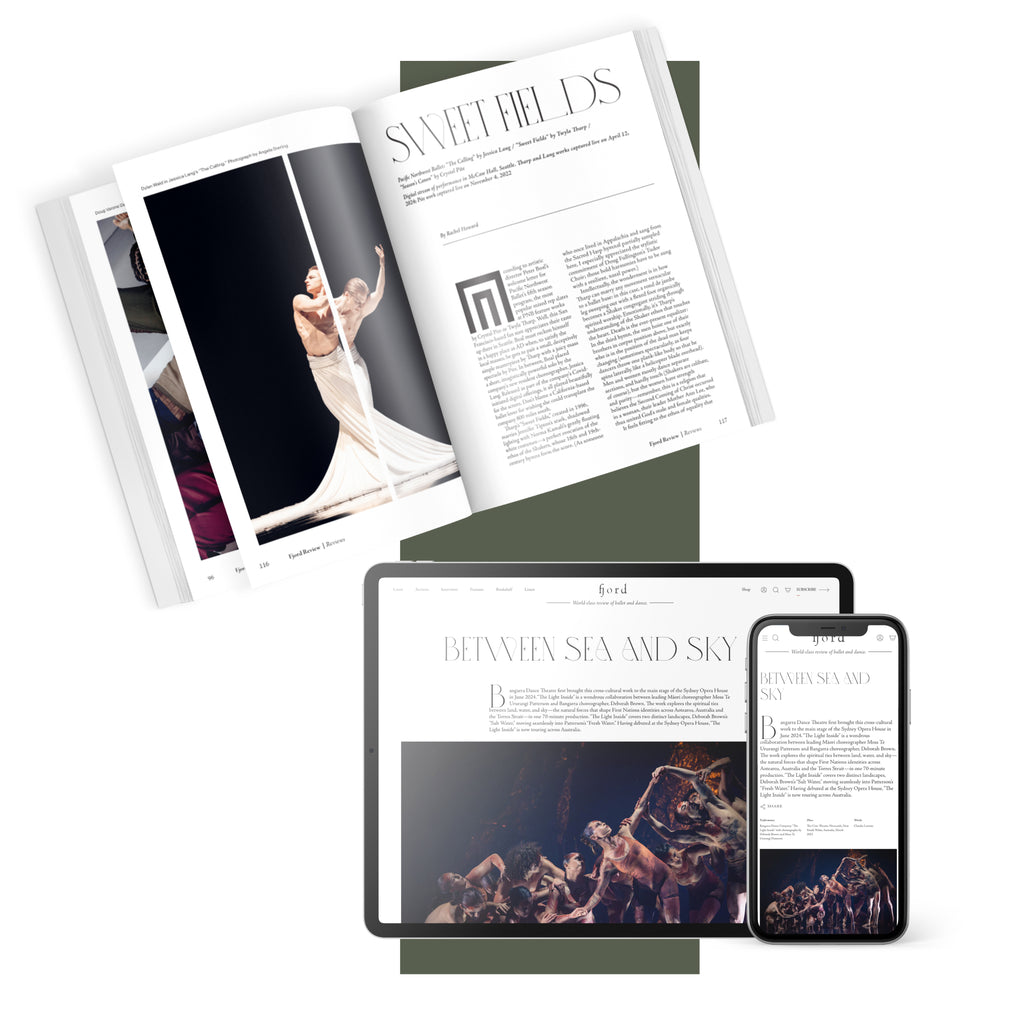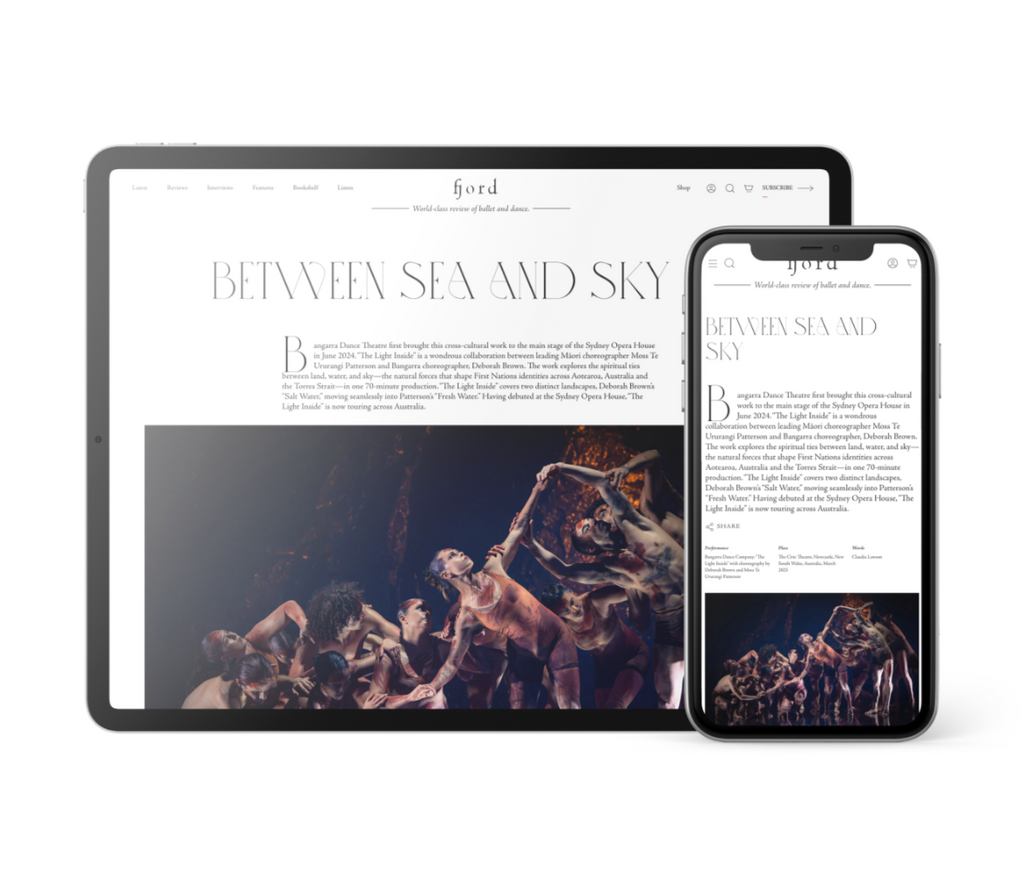Float like a Butterfly
Sans tutu or pointe shoes, New York Ballet principal Sara Mearns delivered a knock-out punch in her 20-minute solo, “Zebra.”
Continue Reading
World-class review of ballet and dance.
On a bright spring afternoon, as Paris basked in long-awaited sunlight and the city frantically moved in the heat, the Opéra Garnier opened a portal to another world—a realm of eternal forms, ethereal beauty, and blue distances: those trembling horizons where the sea dissolves into sky, and the eye reaches toward the infinite. The Paris Opera Ballet School unveiled a triptych of choreographic visions, each an inquiry into the ideal—a glimpse into a distant, immaterial dimension: essential, incorporeal, and immune to time. In this spirit, the afternoon’s programme unfolded: beginning with Antony Tudor’s “Continuo” (1971), an Anglo-American neoclassical gem; flowing into the effervescent brilliance of August Bournonville, with excerpts from “Flower Festival in Genzano” (1858) and “Napoli” (1842); and culminating in the archetypal Greece of Maurice Béjart’s “Seven Greek Dances” (1983). Challenged by formidable technical and interpretative demands, the young dancers responded with lucid precision, musical elegance, and a refined expressivity. These are the hallmarks of the School—a three-hundred-year legacy nurtured with continued care and vision by the former étoile Élisabeth Platel. Only days earlier, at the première of the Spectacle de l’École de Danse on 24th April, she had been awarded the insignia of Commandeur de l’Ordre National du Mérite by Brigitte Lefèvre—a richly deserved honour on the occasion of the twentieth anniversary of her directorship.
Performance
Place
Words



“Uncommonly intelligent, substantial coverage.”
Your weekly source for world-class dance reviews, interviews, articles, and more.
Already a paid subscriber? Login

Sans tutu or pointe shoes, New York Ballet principal Sara Mearns delivered a knock-out punch in her 20-minute solo, “Zebra.”
Continue ReadingJapan Society’s Yukio Mishima centennial series culminated with “Mishima’s Muse – Noh Theater,” which was actually three programs of traditional noh works that Japanese author Yukio Mishima adapted into modern plays.
Continue ReadingThroughout the year, our critics attend hundreds of dance performances, whether onsite, outdoors, or on the proscenium stage, around the world.
Continue ReadingOn December 11th, the Alvin Ailey American Dance Theater presented two premieres and two dances that had premiered just a week prior.
Continue Reading
comments